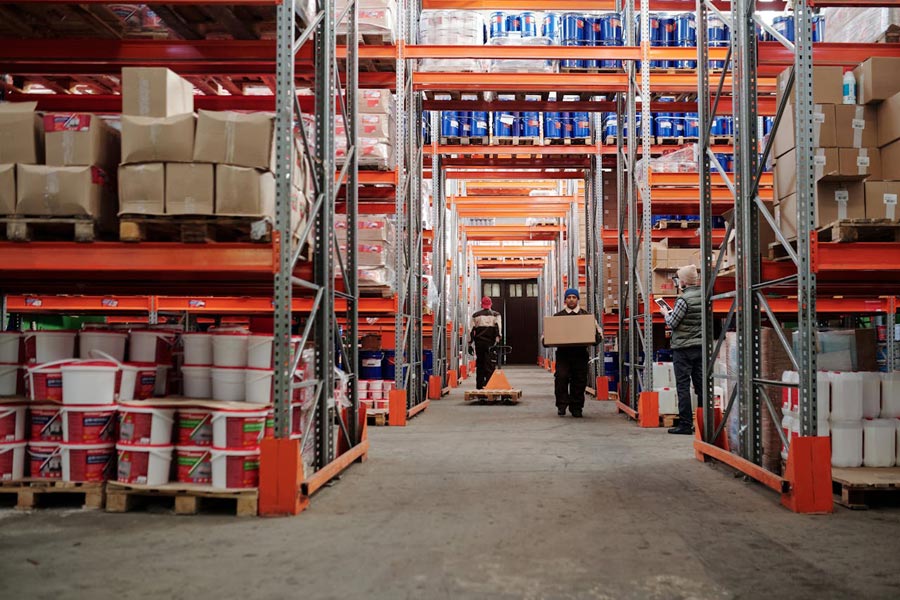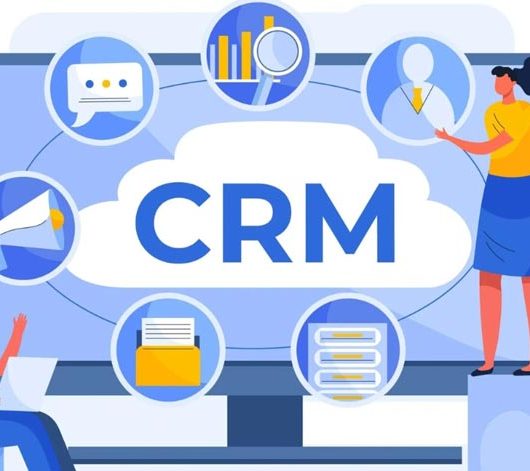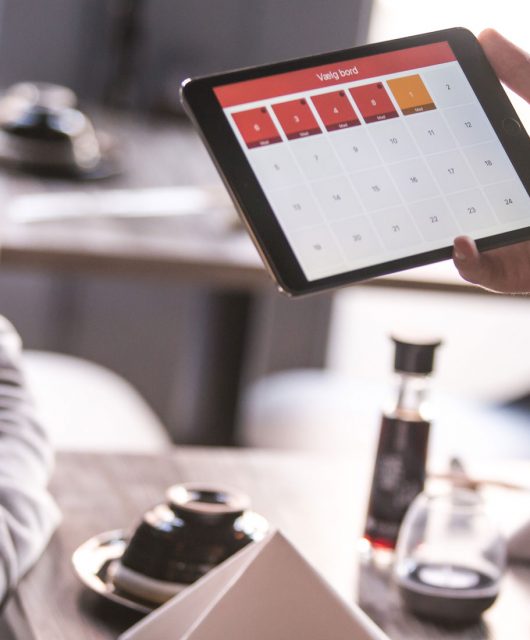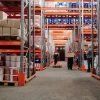Ecommerce fulfillment is a crucial part of today’s competitive digital economy. Numerous reports show that customers abandon their carts if an online store cannot offer two-day delivery. Whether you own a startup operating from your garage or a multinational global brand, understanding the fulfillment processes is important to success.
For some business owners, fulfillment is about packing and dispatching orders. However, it goes deeper than that, especially if you want your customers to have an above-average experience. Here, we break down all you need to know about ecommerce fulfillment.
Receiving Inventory
The process begins when you receive products from your supplier or a manufacturer. The products are delivered to your warehouse or fulfillment centers. Upon arrival, the goods are checked to ensure they are in good condition.
Each product must be entered into the inventory management system. Items with defects are often set aside and sent back to the supplier. Logging the entries into the system helps maintain correct stock levels and prevents overselling.
Order Processing
Order processing varies depending on whether fulfillment is done in-house or via a 3PL (third-party logistics) company, such as Packageman. When an order is placed, workers at the warehouse or fulfillment center receive the details related to the order.
The next step involves employees picking the items and cross-checking the order list before the order is packed. Packing is done to ensure the products are safe during transit. In addition, warehouse employees must comply with regulations when packaging fragile goods.
The last step involves printing the delivery details before the order is sent for dispatch.
Shipping
Most ecommerce fulfillment companies partner with courier or shipping companies for last-mile delivery. Courier services can pick up the orders directly at the fulfillment center and deliver them to the various addresses. In some cases, the products can be dropped off at another collection center for customers to pick them up.
Most ecommerce fulfillment service providers use trackers to help customers monitor their deliveries in real time. Customers receive an update once the order leaves the warehouse, and they will receive a notification and proof that the item has been delivered to their address or collection center, ready for pickup.
Types of Ecommerce Fulfillment Models
There are two popular modes of ecommerce fulfillment: in-house fulfillment and third-party logistics, also known as 3PL.
- In-House Fulfillment
In this model, a business handles everything internally. It is often popular for small businesses and startups, which have yet to build a wide customer base. Most in-house fulfillment services often partner with courier services for last-mile delivery.
- Third-Party Logistics
Many online brands outsource ecommerce fulfillment to 3PL companies. These logistics companies provide warehouse storage, packing services, and access to the best inventory management software. 3PLs help businesses scale without investing in large warehouses, inventory management systems, or staff.
Final Thoughts
Ecommerce fulfillment may seem complex at first. However, with the right plan and partner, it can be a smooth and manageable process. The main goal is to ensure speed and accuracy aren’t compromised. Errors should also be handled fast with a focus on improving customers’ experiences.











